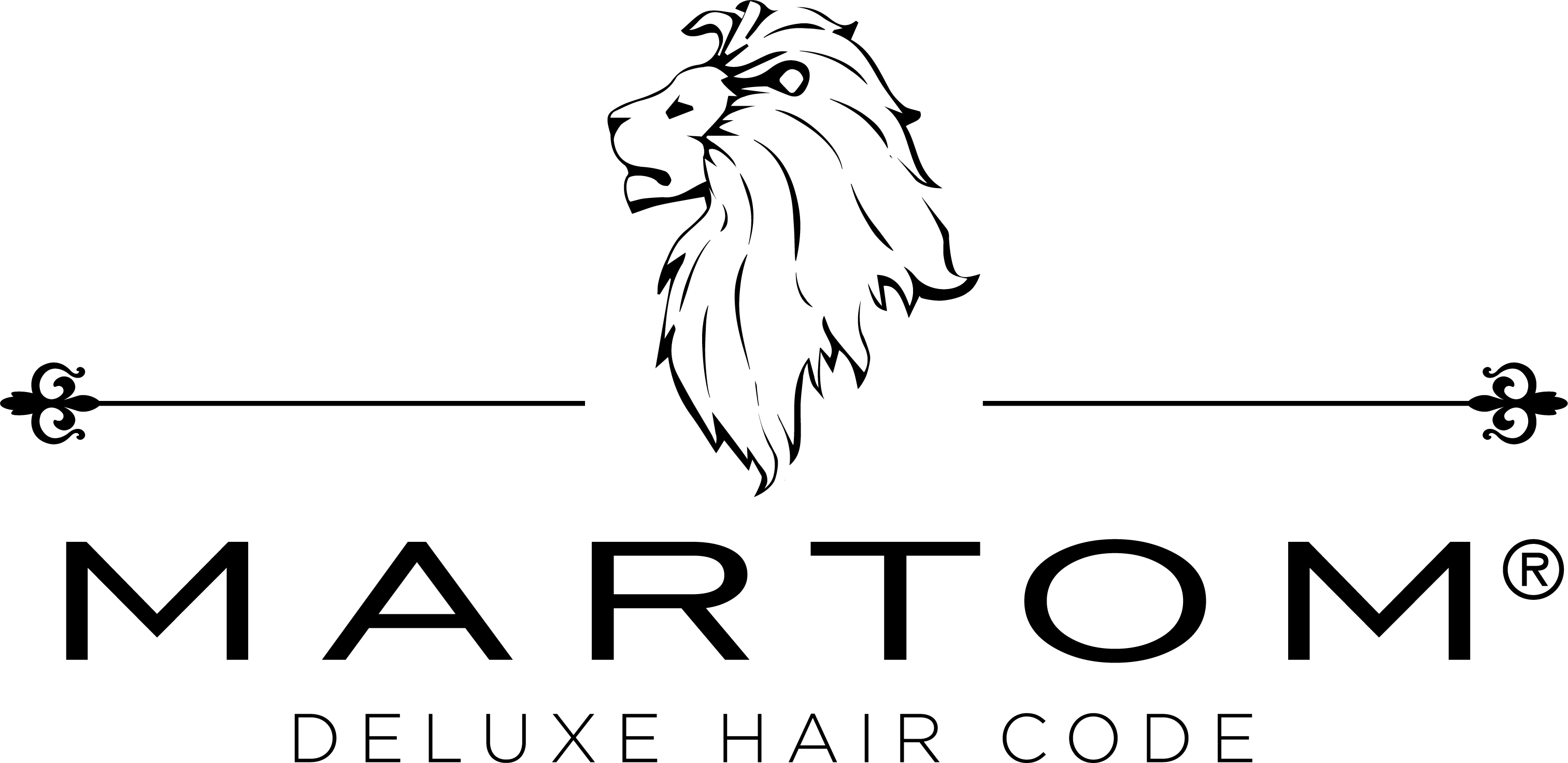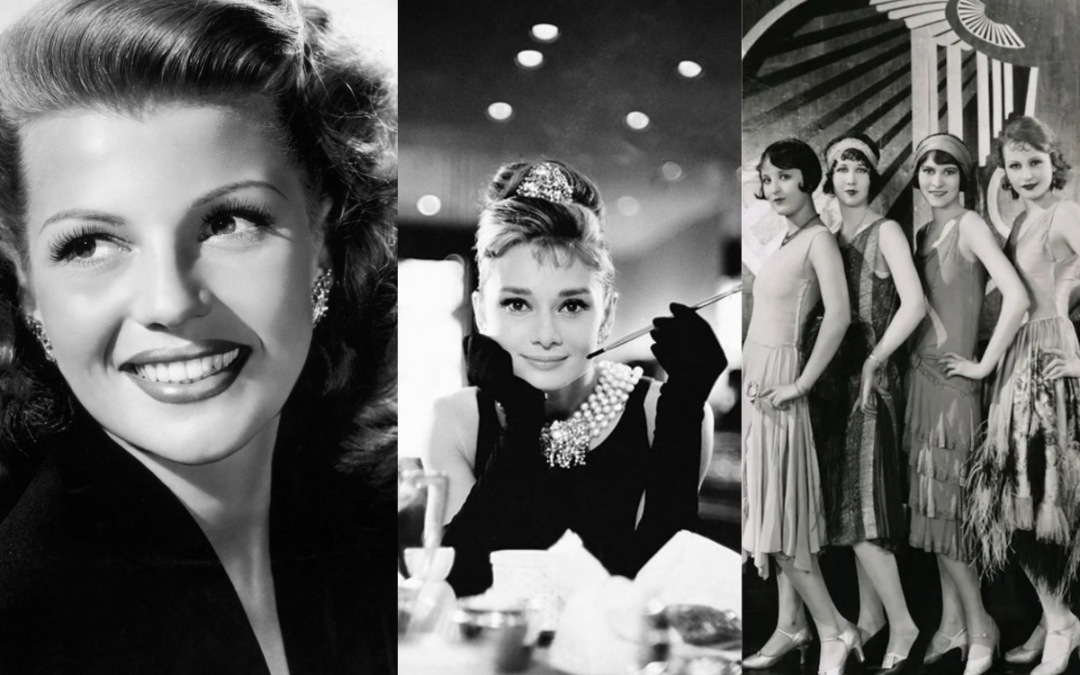The evolution of hairstyles throughout history is not merely an aesthetic phenomenon but a tangible manifestation of socio-cultural, political, and technological transformations across civilizations. Hairstyles, often dismissed as mere beauty accessories, are in fact powerful tools of non-verbal communication, conveying authority, belonging, rebellion, and adaptation to gender norms and social status. The study of human hair across different historical periods allows for an anthropological and semiotic analysis, where the body itself becomes a space of meaning and representation.
Ancient Egypt: The Aesthetics of Power and the Ritual Role of Hair
In Egypt, hair care was both a matter of social class and hygiene. Wigs, a hallmark of the aristocracy, were not only a practical solution for protection against heat and parasites but also a true identity marker. Archaeological finds, such as wigs from the Ramesside period, reveal advanced weaving techniques and the use of precious materials, including gold, lapis lazuli, and faience beads.
Cleopatra VII, whose image has survived through numismatic sources and classical texts, used her hairstyle to reinforce her status as both a queen and a divine figure. It is believed that her legendary hair oil, composed of aromatic resins and essential oils, was intended not only for cosmetic purposes but also for ritual and political affirmation, consolidating her role as a descendant of the gods.
Rome: The Language of Power Through Hairstyles
In the Roman context, hairstyles became a highly codified element of social and political distinction. The elaborate hairstyles of imperial matrons, such as those of Julia Domna, signified the role of women in society and their connection to power. The orbis comarum, an architectural structure of raised and interwoven hair, required hours of meticulous work by ornatrices, the specialized hairdressers of the elite.
Similarly, male hairstyles were linked to the concept of virtus (virtue). While emperors adopted the capillus iustius, characterized by defined curls to express youth and charisma, philosophers and senators opted for shaved heads or short hair, symbolizing gravitas and the rejection of vanity.
Middle Ages and Renaissance: The Duality of Control and Idealization
The Middle Ages were marked by strong ecclesiastical control over aesthetic expressions, with women’s hair often relegated to a subordinate function. Christian iconography reinforced the association between long hair and virginity, in contrast to the sensuality of exposed hair. Braids, wrapped around the head or concealed under elaborate headdresses, became symbols of modesty and decorum.
With the Renaissance came a rediscovery of classical ideals of beauty. Blonde hair, achieved through lightening treatments with saffron and lemon, became a symbol of aristocracy and divine grace. Artistic representations of women, such as Botticelli’s Venus, emphasized loose hair as an expression of purity and harmony with nature.
18th Century: Excess as a Language of Privilege
During the Baroque and Rococo periods, hairstyles became declarations of power and ostentation. Coiffures à la pouf, characterized by exaggerated volumes, were not merely frivolous trends but rather political tools of communication. Marie Antoinette, for example, used her hairstyles to convey symbolic messages, such as the Belle Poule, a coiffure celebrating a French naval victory.
Aesthetic excess reached its peak just before the French Revolution, when elaborate hairstyles ceased to be symbols of power and became targets of social satire. The decline of wigs marked not only a change in fashion but also a redefinition of authority and political legitimacy.
The 20th Century: Aesthetics, Rebellion, and the Construction of Social Identity
The 20th century witnessed the democratization of aesthetics, with hairstyling becoming a means of personal expression and social identity:
- 1920s: The bob haircut became a symbol of women’s emancipation, associated with flappers and the break from Victorian norms.
- 1940s: Hollywood waves—epitomized by Rita Hayworth—represented the constructed femininity of the cinematic star system.
- 1960s: The beehive, linked to icons such as Audrey Hepburn, embodied sophistication and refinement.
- 1980s: Voluminous and punk hairstyles reflected the fusion of aesthetics and acts of social rebellion.
Future Perspectives: Biotechnology and Artificial Intelligence in Hair Care
Contemporary hair care is entering a new phase of technological evolution, incorporating advancements from bioengineering to adaptive cosmetics. Emerging trends include:
- Artificial intelligence and hair analysis, enabling personalized treatments based on biometric data.
- Biomimetic hair dyes, capable of adapting to natural melanin levels without harsh chemical agents.
- Regenerative hair fibers, created with biocompatible materials that mimic human keratin properties.
The evolution of hairstyles is not merely an aesthetic journey but a reflection of socio-cultural and technological transformations. What future awaits the science of hair care?

